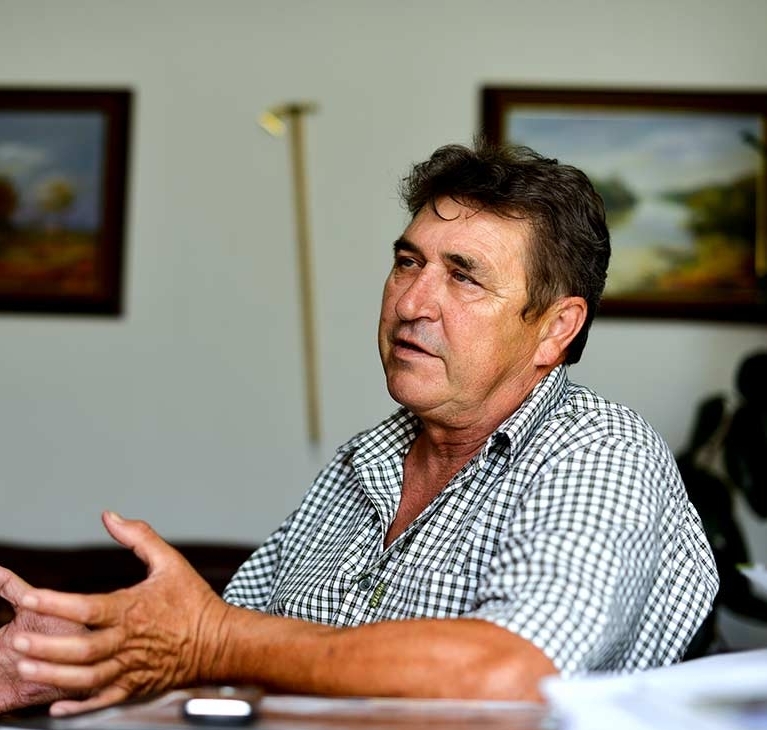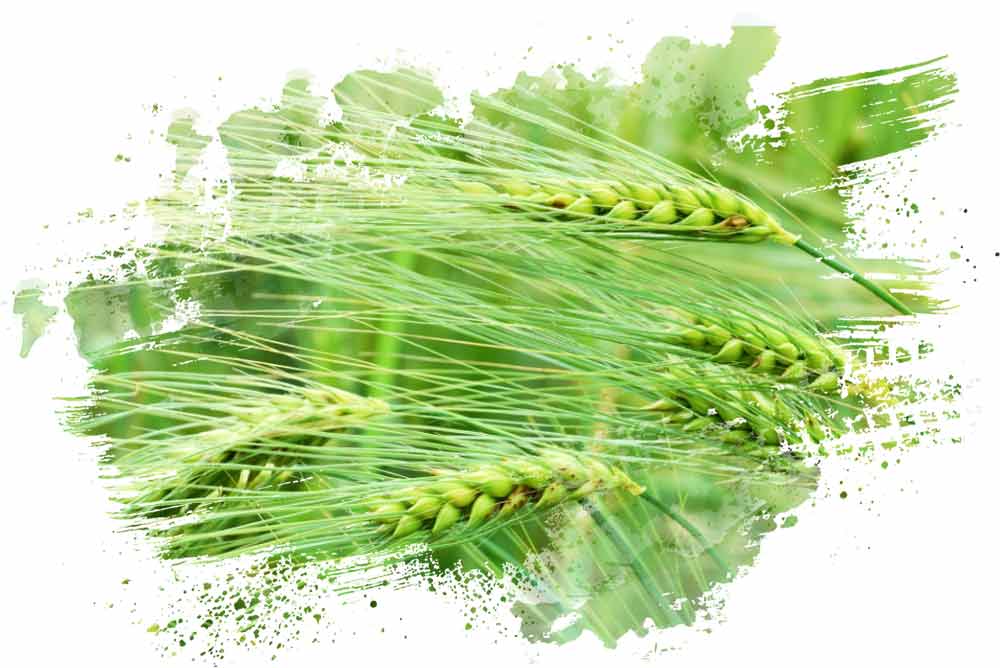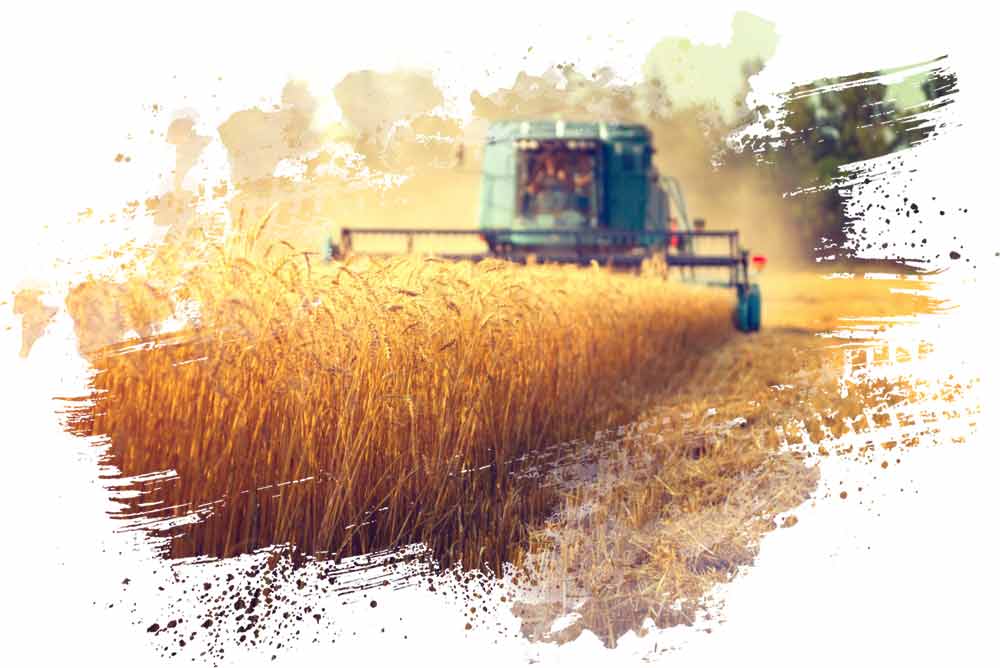We believe best in our eyes and the results in yield
Please show me where and in what conditions you are farming!
“Our headquarters is located in the settlement of Prügy. We cultivate 2400 hectares of the former flood zones of Tisza river, not in ideal conditions, in areas that are prone to inland water, on average 13.5 gold crown lands, on clayey meadow soils. In addition to field crop production and related machine services, we also have 450-500 sows of pig farms with an annual output of over 10,000, and a relatively modern (15 years old) seed plant. Out of 2400 hectares, we produce seeds on 550-600 hectares, mainly winter barley, oats, peas, oil radish and mustard.”

How Long Have you been using Phylazonite Bacterial Fertilizers?
“I’ve always been an experimenter, susceptible to new things so we tried the Phylazonit bacterial fertilizer about 10 years ago. On larger fields, depending on the year, on 20-25% of our areas and we have been using it regularly for about 8 years.”
What experiences have you gained over the years?
“In order to achieve the proper effect, it is very important that the application is conducted in optimal weather conditions, immediately mixing it in the soil and carefully sealing the surface. According to our experience, we do not force the application of bacterial fertilizers in drought weather or in soils overloaded with rainfall when proper application is inhibited.”
In which plant cultures and what Phylazonite products are used regularly?
“We use all three members of the Phylazonit product range: Soil Inoculant, Stubble Decomposer and Soil Regenerator. Under optimum conditions, on the largest surface during the summer, we use the Stubble Decomposer on stalk residues of wheat – approx. 4.5 tonnes of straw residues per hectare – and since wheat straw is not used at all in livestock, we apply the Phylazonit Stubble Decomposer during disc harrows work then we seal it with a Güttler roller in the next turn. In the spring, we use a John Deere 6-row seed drill to add Phylazonit Soil Regenerator to the seed when sowing sunflower and corn.”
Based on your experience, can a correlation be found between crop yields and Phylazonit use?
“Yes, absolutely, in the spring of 2016, on a larger surface, on 7 fields, we set up an experiment of halving a field using two seeders. In the fields treated with Phylazonit Soil, we had 6-8 hundredweight of maize and 3-4 hundredweight of sunflower surplus yields.”
At the end of the conversation, one final question: Who do you recommend the Phylazonit family to?
“All in all – although the use of soil bacteria is still a matter of faith in lot of places – I recommend it to every farmer, whether under intensive or extensive conditions; because if you pay attention to the conditions of the application, you will see the positive effect with your own eyes!”



